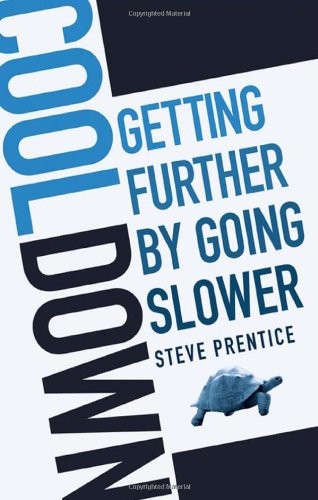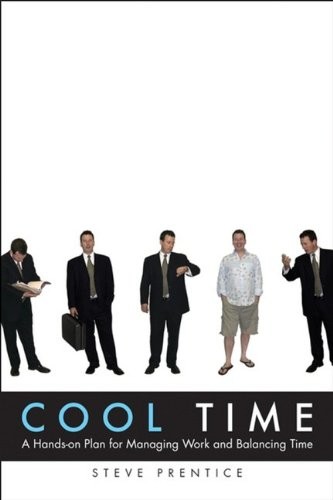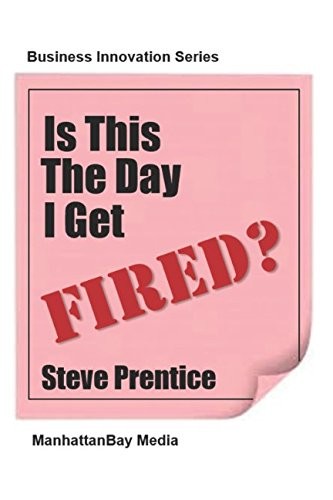Please Leave Your Optimism at the Door
We human beings are often very good at taking on tasks with energy and commitment, especially once there is a plan and a great leader in place. Unfortunately, though, we are also plagued by optimism, and although this may generally seen as an admirable trait, it can cause havoc within a project.
Optimism tends to make people envision time-lines, budgets and end results the way they hope things will turn out, which seldom ever happens. That is what the critical path is all about: it identifies the absolute shortest period of time that a project could take if everything works out the way we hope it will and if we all cross our fingers and toes. Every project manager should take care to identify the critical path, of course, and then re-design his/her project plan to get off the critical path by squeezing in extra time between tasks for the inevitable delays and failures to come. Because, yes, stuff happens.
Modern computer-based and cloud-based project management tools do an excellent job of helping project managers create workable plans, but there is at least one technique that should be always retained from the old-school, and that is to keep optimism in check.
During the early days of formalized project management, during the era of post-war mega-projects such as the development of the Polaris Missile, much of the planning was done with pen, paper and slide rule, and one of the most effective approaches to pragmatically diluting human optimism was built into a concept called the Project Evaluation Review Technique (PERT). Central to this approach was a requirement that project managers request a variety of estimations and assessments from consultants, experts and team members that ranged from optimistic (how long would a task take if everything worked right), through to pessimistic (how long would it take if almost everything went wrong), with a “most-likely” assessment in between. These estimates, identified by the letters O, P and M were then factored into a calculation of expected duration written as (O + 4M + P) divided by 6. This formula helped build a weighted average that generally leaned toward pessimistic, and therefore presented a more realistic action, in terms of a genuinely educated guess.
The requirement for pessimism, then is of great value to a project manager. It is essential that a PM educate the team to understand that pessimism does not convey the same emotional downwards drag that it does in real life. To be pessimistic should never cast a pall over the solidarity of a project team or the vision of the project. That’s not what it means.
What it offers instead is a chance at proactively heading off problems before they happen, and confidently explaining to stakeholders and clients the reason why a time-line or budget is larger than they might have expected.
One of the great features available in collaborative project management environments is the opportunity for team members to communicate and chat. The synergy that comes from brainstorming and from conversation are extremely effective in identifying both opportunities and threats within a project, and this is something that every project manager should encourage. When it comes to creating an controlling a project towards its successful conclusion, pessimism is a virtue.
Related Articles
Related Books on Amazon
Cool Down: Getting Further by Going Slower (Paperback)
Tap into the power that cool thinking generates—learn how going slower can actually help you get more done, faster. Before you check your wireless e-mail for the fourth time this hour, ask yourself,…
Cool Time: A Hands-on Plan for?Managing Work and Balancing Time (Paperback)
If you have ever said (or felt) any of the following, then Cool Time is the solution for you: I spend more and more time just dealing with e-mail. I often take work home or stay late because that's…
Is This the Day I Get Fired? (ManhattanBay Business Innovation Series) (Paperback)
Imagine walking into your workplace today and asking yourself this question: "Is this the day I get fired?" You should do that. And your response to yourself should be “So What?” Because, frankly,…
Cool-Time and the Two-Pound Bucket (Paperback)
It not only helps get you organized, it vastly increases your ability to influence other people and to magnify your personal presence and charisma. It helps you develop the stamina you need and the…
Actionmint's articles are about productivity, collaboration, entrepreneurship & project management. Everything about getting your work done.
Subscribe and get your daily mints by email or RSS



















